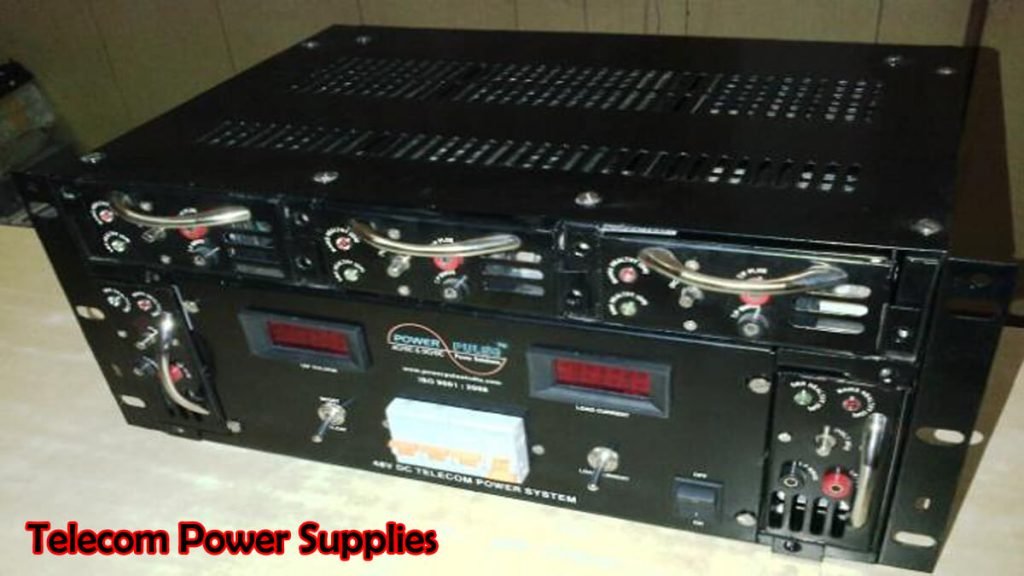The current communication network’s power consumption and dissipation are projected to increase with bandwidth capacity growth. Maximizing network throughput requires minimizing the power used for each functionality. The portion of annual unavailability allocated to the power supply system of a telecom installation is 15 seconds. This expectation makes it critical to deliver a high-availability dc power solution for telecom equipment.
Table of Contents
Reliability
Telecom networks must remain operational in an era of ever-increasing data demands and an unprecedented number of connected devices. Any power disruptions to these networks can lead to lost productivity, missed opportunities and even put lives at risk.
To protect against these potential failures, telecom providers will invest in duplicate back-ups and multiple redundancies of key equipment, such as switches and routers. However, more than the logical architecture of these services must be resilient. That’s why it’s important to understand what is telecom power supplies to choose the most robust and reliable ones.
The reliability of telecommunications networks is essential to the public’s daily life, from healthcare and transport to emergency services and defense. To keep society functioning properly, they must be fully operational at all times – and this means understanding the threats that could impact the power supply and how to mitigate them through battery backups, sensors, internal cellular security or having spare parts.

A typical telecommunications power system uses a DC-based battery system to support critical load equipment. These systems use parallel rectifiers to supply the current required by the load and provide a float current for the batteries. If one rectifier fails, the remaining ones can continue to operate and recharge the batteries. This design enables the telecom switching gear to be operational during a utility outage, a key requirement of most emergency plans.
Flexibility
Modern telecommunications networks are incredibly complex, relying on a wide range of different input requirements. As such, telecommunications exchanges are now more than ever in need of smart power systems that can offer maximum flexibility and reduce the risk of system faults. Telecommunications services are vital to everything from healthcare and transport to the emergency services and defense sector. This means that the industry must be able to respond quickly and efficiently in any circumstance, which is why robust telecommunications power supplies are so important.
As 5G is rolled out, telcos must expand their networks, requiring massive amounts of new equipment in existing and new sites. This expansion will also significantly increase telecommunications power consumption.
To meet these increased demands, telecoms networks must adopt more flexible DC power systems. This will enable telcos to minimize energy costs, limit carbon emissions and efficiently meet the increased consumer data demand. To achieve this, many telecommunications networks will use AC-DC power supply units/rectifiers with multiple outputs that are all independently regulated. Telecommunications systems tend to have a high degree of redundancy and use diverse transmission routings to avoid single points of failure. This type of arrangement is possible thanks to the design of -48VDC technology.
Energy efficiency
Telecom equipment demands a lot of power. The amount of energy this hardware consumes can financially be a big concern for telcos. However, the amount of power telecom networks use is also important for environmental reasons. The majority of the available time a telecommunication network can provide service is determined by its power supply system availability rate. The lower the availability rate of a power supply, the more likely it is to disrupt communication networks. Traditionally, telecoms used -48V DC systems for their power supply because of their reliability, safety, fault tracing and battery integration benefits. But with the advent of modern modems and communications equipment, telecoms needed to upgrade their exchanges to accommodate new hardware. These upgrades required a more powerful and efficient 380V power solution to ensure the availability of their equipment.
Safety
A key consideration for telecoms is the safety of their equipment. This is why telecommunications power supplies are designed to provide surge protection and have built-in voltage regulators. This helps to reduce the chance of electrical damage or downtime due to transient voltages. The Keysight E4356A telecom dc power supply also features negative grounding, which is preferred over positive grounding because it prevents electrochemical reactions from occurring in buried copper cables that could render them useless if they are exposed to water.
Telecommunications networks rely on software-controlled equipment, which can be subject to various threats. These include hardware failures, software errors and other issues that can result in systemic failures affecting entire towns or cities. To avoid this, the telecom industry has always worked closely with emergency planning organizations to deliver resilient services in the face of disasters. This includes ensuring communication networks have adequate spare capacity to handle the volume of calls made during major incidents.
Despite this, all networks have limitations. For example, data demands continue to increase, and telecommunications companies are looking to upgrade their existing networks to improve capacity. This requires upgrading their current infrastructure, which will involve expanding or extending cell sites to accommodate new technology and additional traffic. These expansions will need a reliable, robust power supply that can handle the increased load and the extra energy required by new equipment.


